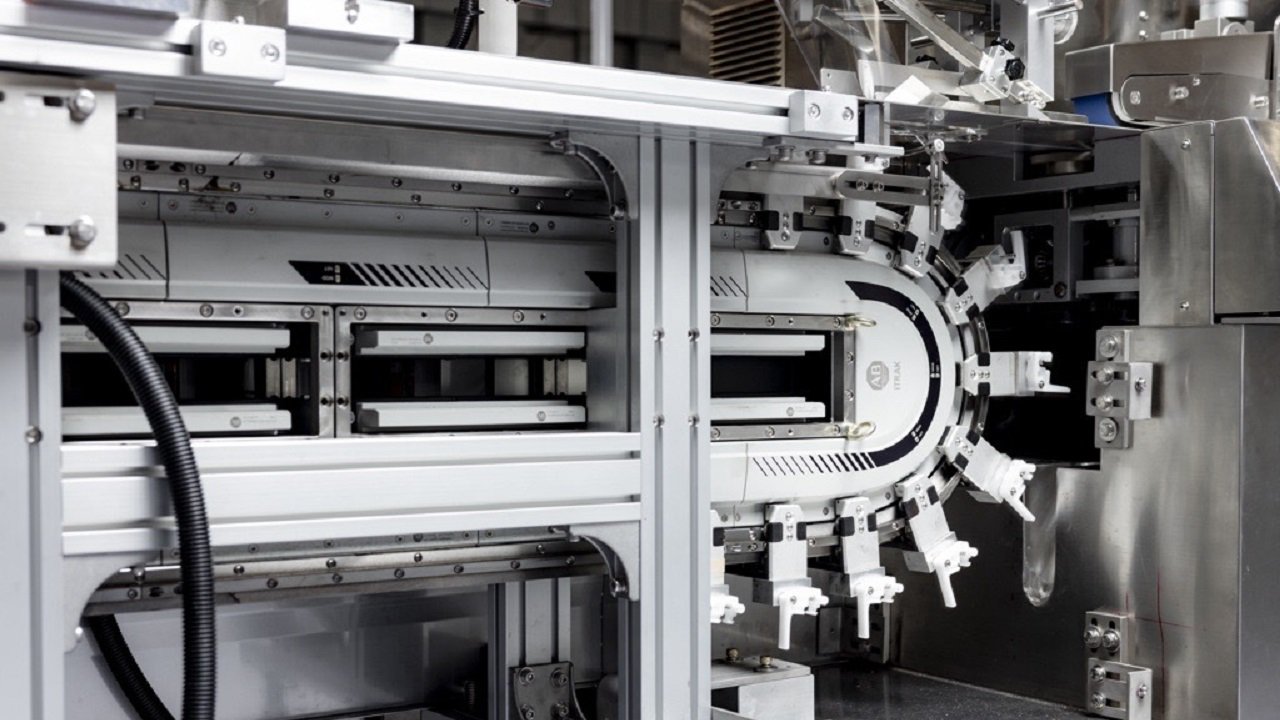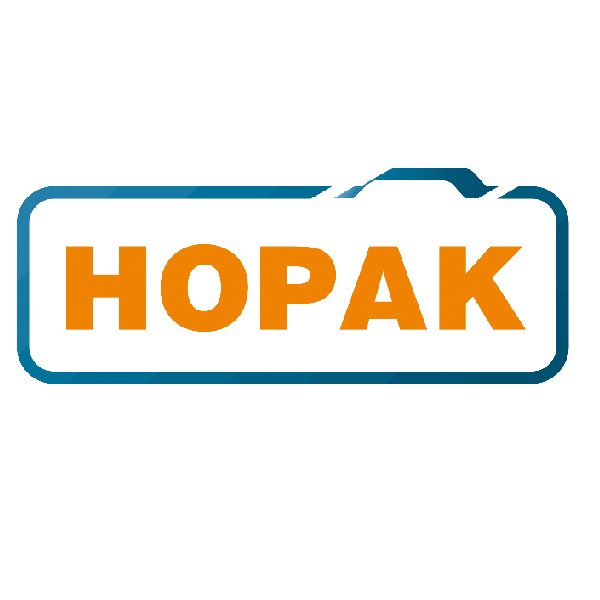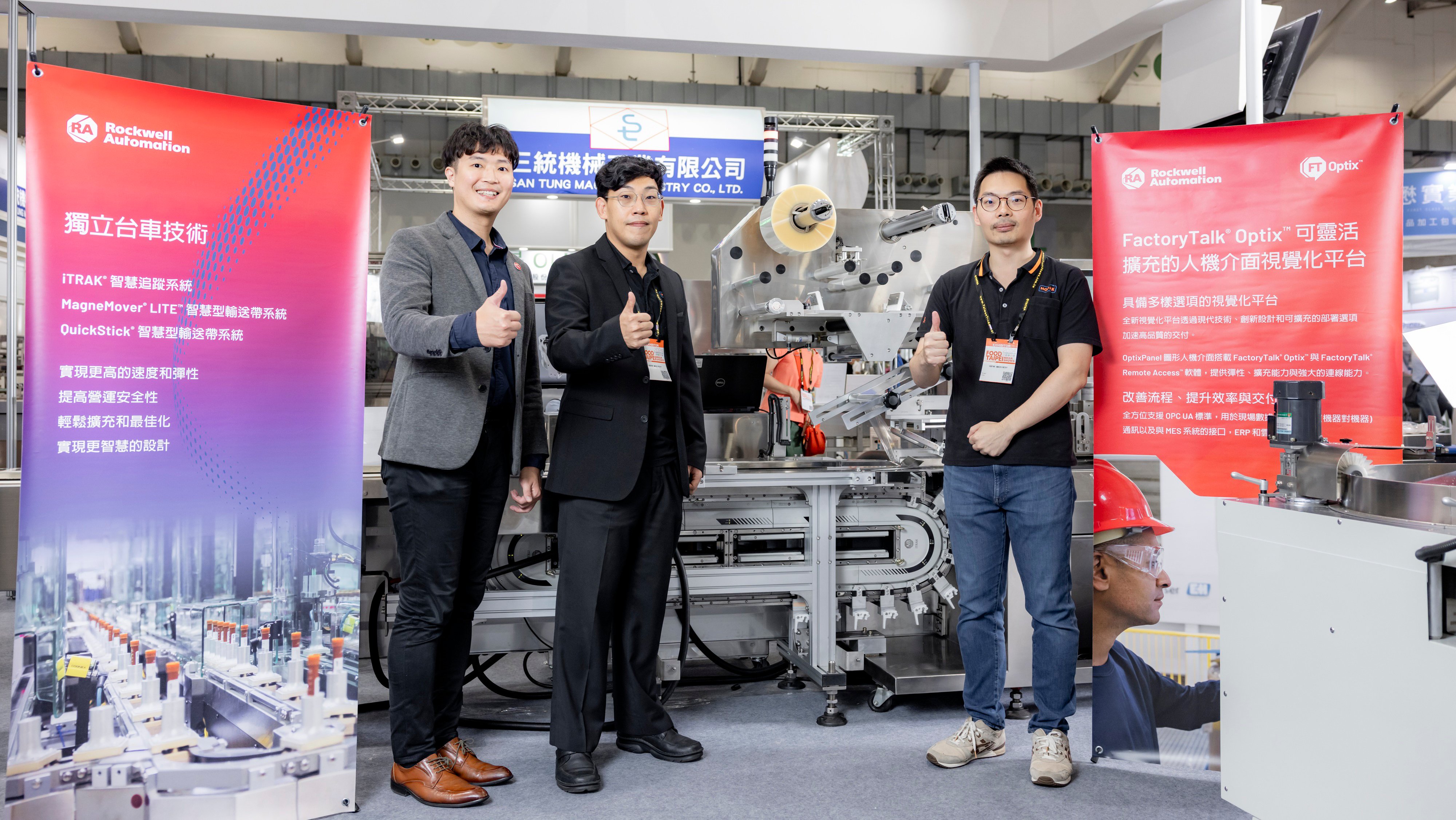Three major pain points in traditional packaging machines
Based on the current usage of packaging machines, there are three major pain points:
1. Significant space needs
In terms of space requirements, traditional packaging machines are limited by the hardware they use. A single device can only package one type of product. If there is a need to switch packaging specifications, such as packaging other products or the same product in different styles, the machine can only be stopped to change mechanical parts, adjust gear ratios, and be reprogramed. This may take at least four hours to complete.
Consequently, factories usually set up two to three packaging production lines to ensure production efficiency.
This not only increases costs, but also requires a larger factory space, especially for automated feeding packaging lines, which require even more space, significantly impacting factory space layout and workflow planning.
2. High costs
The mechanical structure of traditional packaging machines is relatively complex, leading to high maintenance costs.
Additionally, production lines heavily rely on manual adjustments and operations, resulting in high labor demands and costs. With experienced workers retiring and less young talent joining the workforce, the skills shortage further exacerbates costs.
3. Difficulties in data collection
Traditional packaging machines typically lack data collection and integration platforms, failing to provide data on equipment operation and production. This limitation hinders the development of applications such as production history tracking, equipment optimization, and process enhancement.



